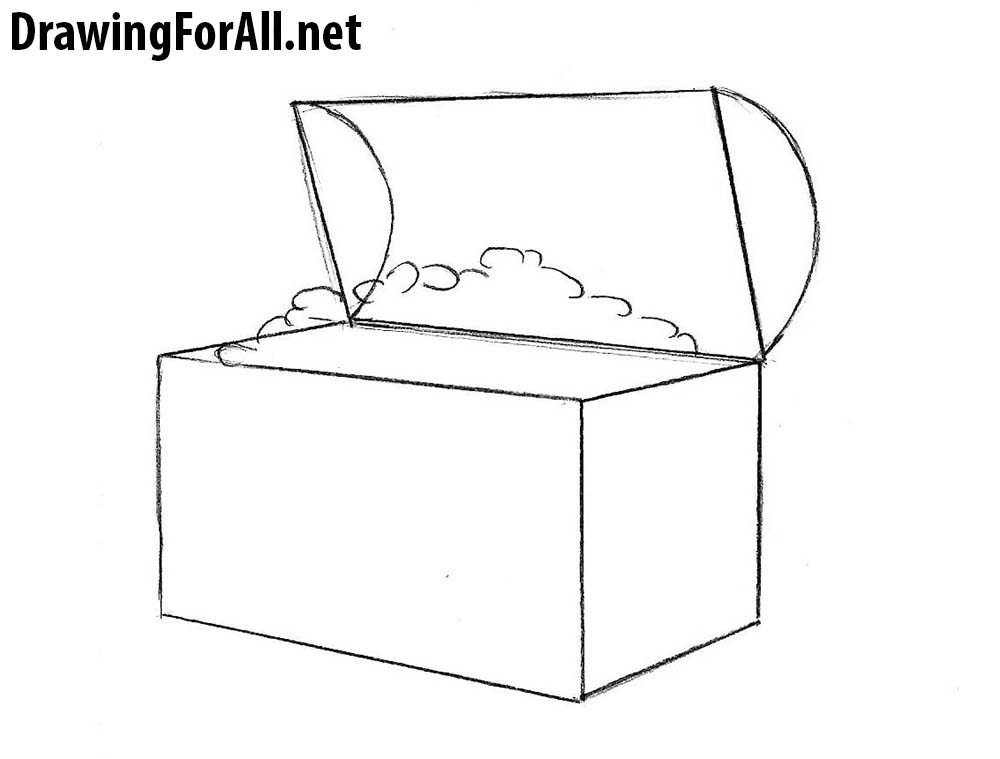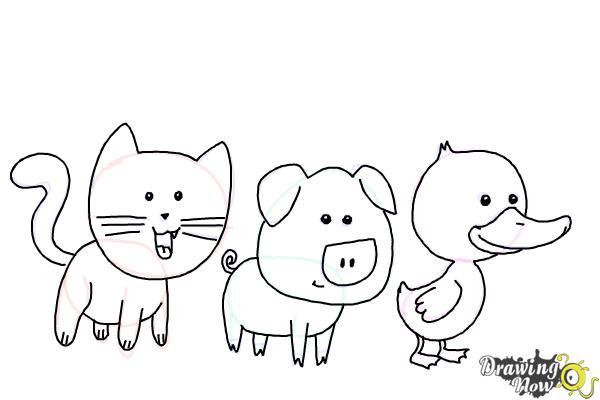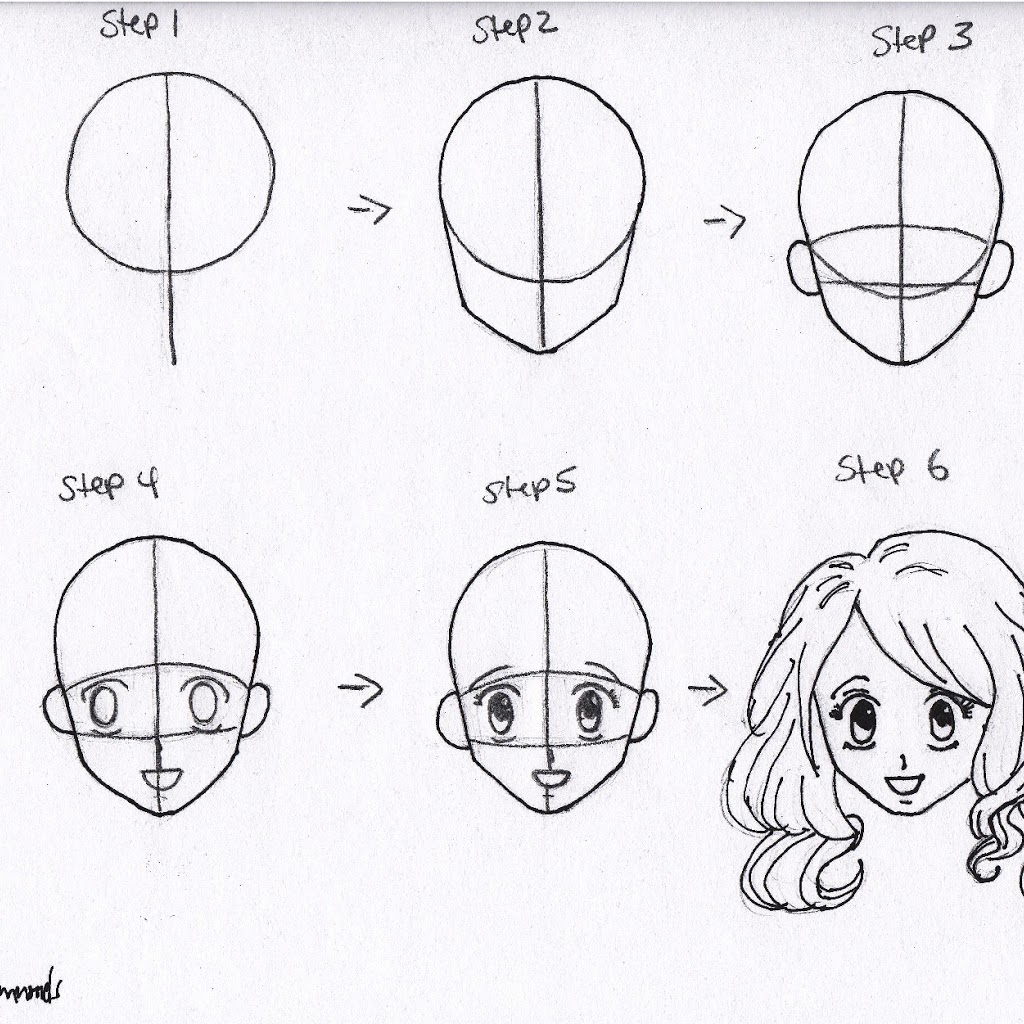How to draw wood
Table of Contents
Table of Contents
Drawing wood can be a difficult task, especially for artists who are just starting. It is essential to learn how to draw wood if you want your artwork to look realistic and believable. Luckily, with the right techniques and some patience, anyone can master the art of drawing wood. In this blog post, we will cover some tips and tricks for drawing wood, as well as some common mistakes to avoid.
Pain Points When Learning How to Draw Wood
When learning how to draw wood, many artists struggle with creating natural-looking textures and detailing. It can be tough to capture the unique patterns and colors that each piece of wood possesses, especially when working with different types of wood. Additionally, some artists may struggle with making their wood drawings look three-dimensional and realistic, which can take away from the overall effect of the artwork.
How to Draw Wood?
When learning how to draw wood, it’s important to start with the basics. Begin by studying the colors, patterns, and textures of real pieces of wood. Once you have a good grasp of what wood looks like, practice drawing simple shapes like logs and planks, paying close attention to the placement and direction of the wood’s grain. From there, you can move on to more complex pieces like furniture and trees, incorporating shading and highlighting to create depth and dimension.
Summary of Main Points on How to Draw Wood
To draw wood realistically, it’s essential to study the patterns and textures of real wood and start with basic shapes and understanding of grain direction. Incorporate shading and highlighting to create the three-dimensional effect of the wood.
Exploring How to Draw Wood in More Depth
When it comes to drawing wood, one trick is to use a combination of different tools to create the texture and patterns of the wood. Some artists prefer to use pencils or charcoal to create a basic outline of the wood, while others may choose to use paint or colored pencils for added depth and detail.
Personally, I find that colored pencils work best for creating realistic wood grain details. Start by using light pressure to sketch out the basic shape of the wood, and then gradually layer on more color and texture to mimic the natural variations in the wood’s pattern. Don’t be afraid to mix colors to get the look you want, and experiment with different techniques like cross-hatching and stippling to create unique effects.
Avoid These Mistakes When Learning How to Draw Wood
One common mistake that artists make when drawing wood is to rely too heavily on predefined patterns and textures. While it can be helpful to reference pictures of real wood, your drawings will look more realistic and naturalistic if you don’t just copy what you see. Instead, look for ways to incorporate your own unique style and technique into your drawing, experimenting with different materials and tools to get the look you want.
Using Reference Materials When Learning How to Draw Wood
Another essential tool when learning how to draw wood is to work from reference materials like photographs or real-life objects. Pay attention to the subtle variations in color and pattern, and don’t be afraid to take your time and work slowly. With patience and practice, you can create stunning wood drawings that look almost like the real thing.
Experimenting with Different Techniques When Learning How to Draw Wood
One way to improve your wood drawing skills is to experiment with different techniques and materials. Try using different pencils, paints, and other tools to see which ones work best for creating the look you want. You may also want to try different styles of drawing, such as impressionism or expressionism, to create a unique look and feel for your artwork.
Question and Answer Section About How to Draw Wood
Q: What is the best way to learn how to draw wood?
A: The best way to learn how to draw wood is to practice, study reference materials, and experiment with different techniques and materials until you find the ones that work best for you.
Q: What is the difference between hardwood and softwood?
A: Hardwood comes from deciduous trees, such as maple or oak, while softwood comes from conifer trees like pine or cedar. Hardwood is typically denser and more durable than softwood, making it ideal for furniture and flooring.
Q: What is the most challenging part of drawing wood?
A: The most challenging part of drawing wood is capturing the unique patterns and textures that each piece of wood possesses, as well as making the drawing look three-dimensional and realistic.
Q: Can I draw wood on any type of paper or canvas?
A: Yes, you can draw wood on any type of paper or canvas, but some materials may be better suited for certain types of wood drawing techniques than others. Experiment with different materials to see which ones work best for you.
Conclusion of How to Draw Wood
Drawing wood can be a fun and rewarding experience, and with the right techniques and some practice, anyone can master the art of wood drawing. Whether you prefer to work with pencils, paints, or other materials, there are many ways to create stunning wood drawings that look almost like the real thing. Remember to take your time, study reference materials, and experiment with different techniques to find the ones that work best for you.
Gallery
How To Draw Wood, Step By Step, Drawing Guide, By Dawn - DragoArt

Photo Credit by: bing.com / dragoart
How To Draw Wood | Texture Drawing, How To Draw Wood, Drawings

Photo Credit by: bing.com / drawing wood texture draw grain tree simple drawings cartoon bark look line color surface patterns designs cross kind real pen
How To Draw Wood

Photo Credit by: bing.com / texture accentuate tutsplus
How To Draw Realistic Wood Grain Details With Colored Pencils
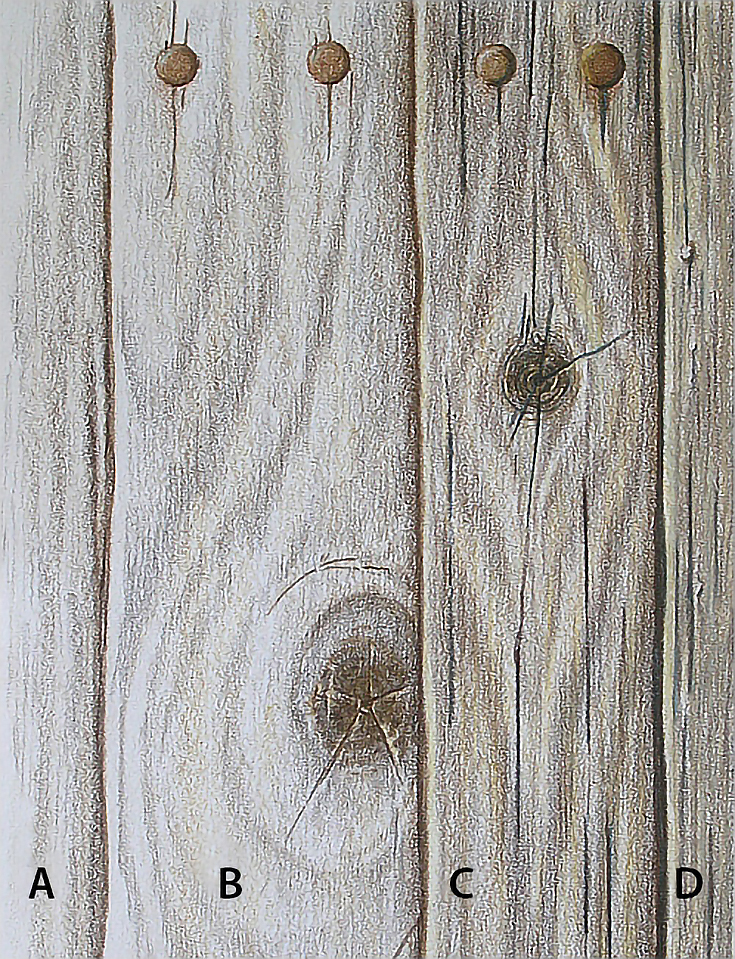
Photo Credit by: bing.com / wood drawing draw realistic pencil grain pencils details colored drawings texture tutorials emptyeasel tutorial sketching step techniques plank color board
How To Draw Wood
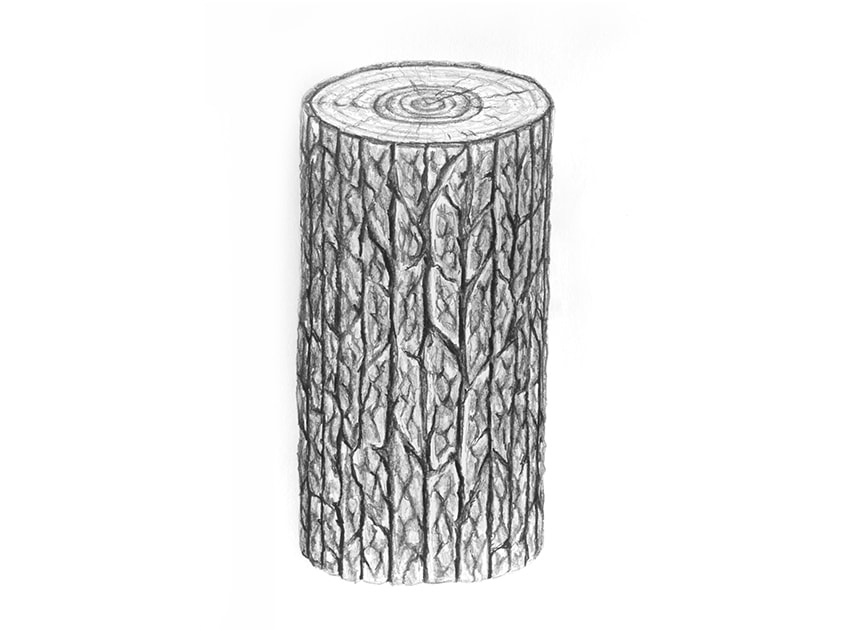
Photo Credit by: bing.com / draw wooden wood log drawings logs surface realistic


